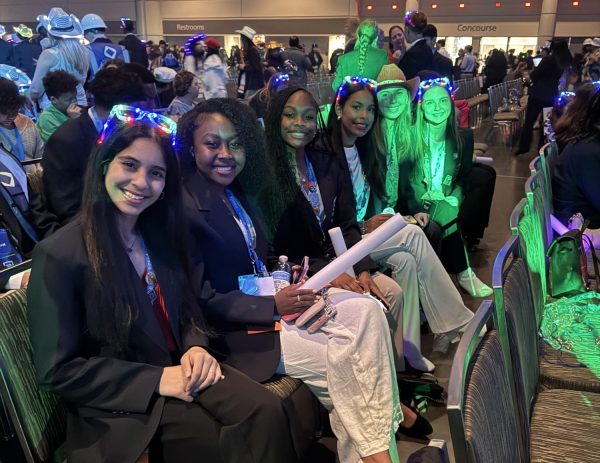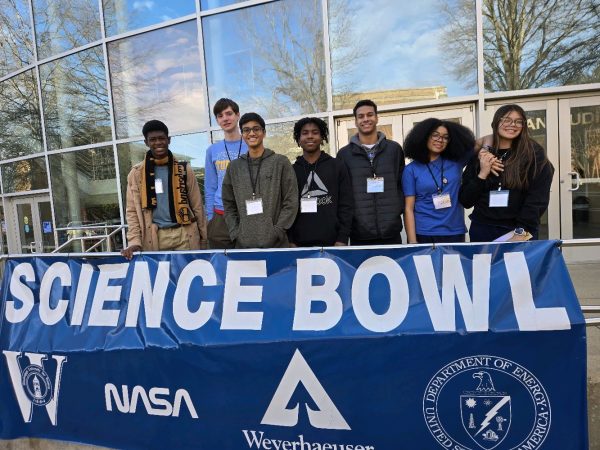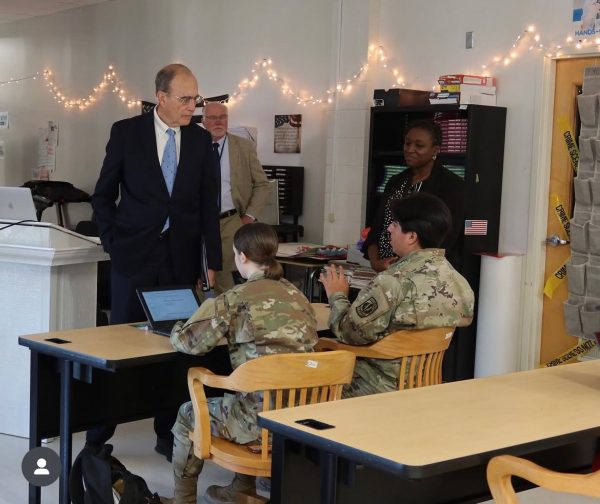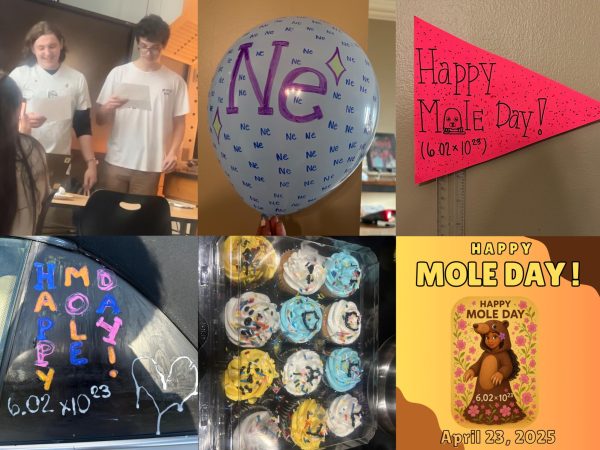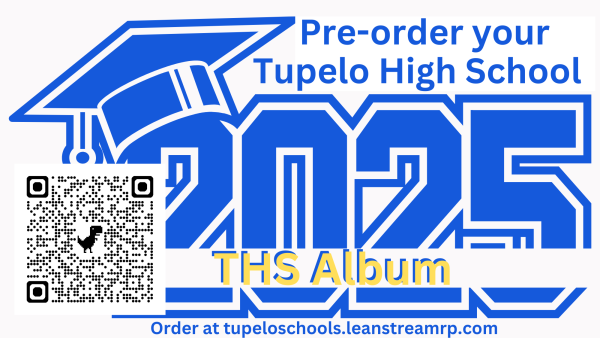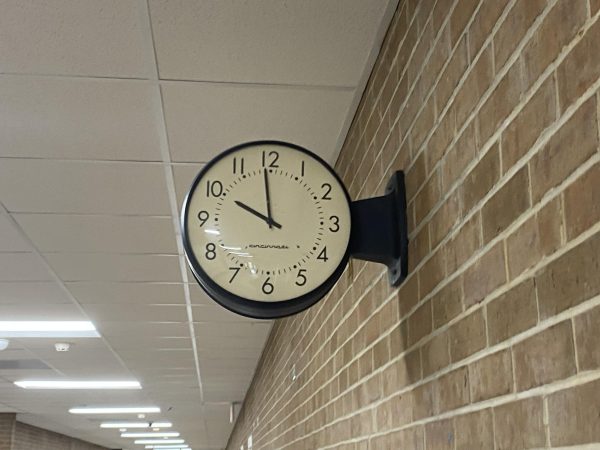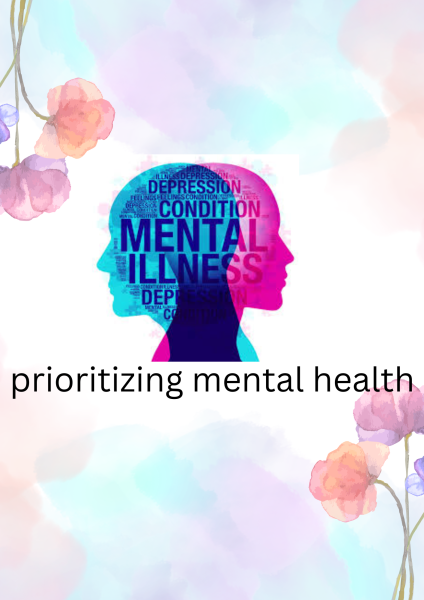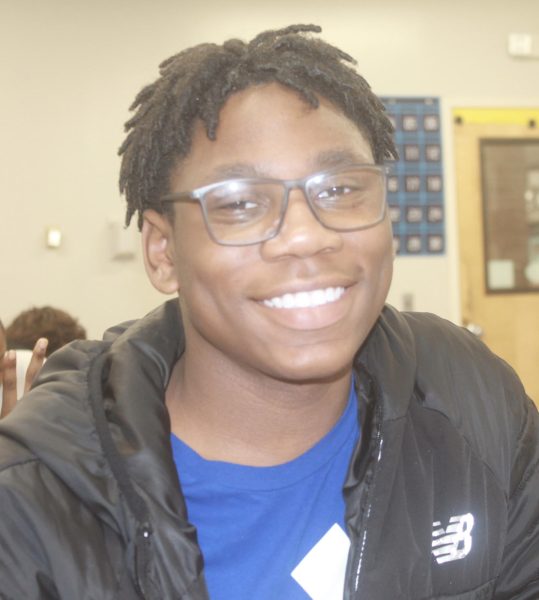Students and staff discuss cafeteria changes
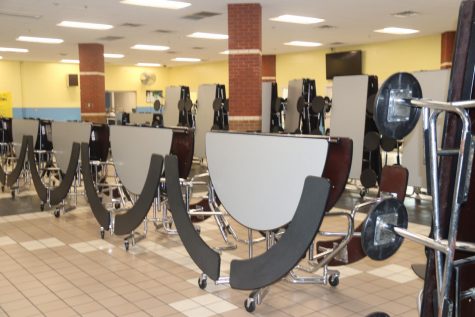
Ever since the COVID-19 pandemic things have been very different at school, and the cafeteria is no exception.
The most drastic change for students is not being able to eat in the cafeteria. Students now have to do “grab and go” lunch and eat in the classroom.
Students were asked if they prefer this or eating in the cafeteria or in the classroom in an online survey. Here’s what a few said:
“Cafeteria. It was a place that I could socialize with friends and not have so much to think about. We also didn’t have to carry food all the way back to a classroom,” junior Emma Grace Miles said
“Cafeteria. I get to see friends a lot more and I get to feel a lot more social instead of being stuck in one room for 2 hours,” sophomore JC Reid said
“Classroom. It is not as loud, and it is a smaller environment where you can have a genuine conversation. In the cafeteria I often find myself having to yell over people to get to say something,” sophomore Charlee Austin said
“Classroom. The classroom has a smaller population of students, which makes it better for students like me who get nervous when there’s a lot of people in one room,”
Students are not the only ones who have had to make changes. The cafeteria workers also have had to adjust.
“[Cafeteria Workers] have to make everything ahead of time, we [now only] have one choice for lunch where we used to have three choices,” cafeteria manager Nikki Bilger said.
The cafeteria workers also have to worry about safety.
“There are so many safety precautions that are implemented into our daily work schedule. From temps taken daily before entering the buildings; to disinfecting breaks for multi-use surfaces; to the wearing of aprons, hair covers, prep gloves, masks and face shields to ensure complete safety of the food prepared,” Lynne Rogers, Director of School Nutrition Services said.
“When those food delivery trucks come and we have to check the temperatures of all our delivery men, we can’t let anybody in the kitchen who has a temperature over 100.4,” Bilger said.
“It takes a little longer to prep in the mornings, simply because we have to pre-package all the food…[which is] stored until lunchtime. In some ways, it’s easier; some ways, it’s harder. It just depends on what we’re having for lunch that day.” Bilger said. “We have to do a lot of pre planning our meals that we used to didn’t have to do.”
In addition, this year students don’t have to pay for their lunch.
“The meals are all free because the United States Department of Agriculture was given approval by President Trump as part of the assistance during the COVID 19 pandemic to provide meals to children who were at home and away from school. Many children were missing out on important nutrition,” Rogers said.
Students on campus aren’t the only ones getting school lunches, distance learners are also getting them too.
“They can go to the child nutrition website and sign up. And then they [or a parent] are able to go to a school site and pick up their lunches. Whatever is closest to their house,” Bilger said.
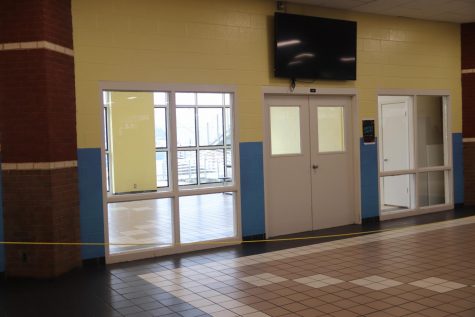 .
.
Picture 2: Area is roped off because students aren’t allowed there.
Your donation will support the student journalists of Tupelo High School. Your contribution will allow us to purchase equipment and cover our annual website hosting costs.
Hi my name is Drew Long. I'm a member of the THS Multimedia Reporting Staff.
My experience with journalism includes publications in 8th grade and...



